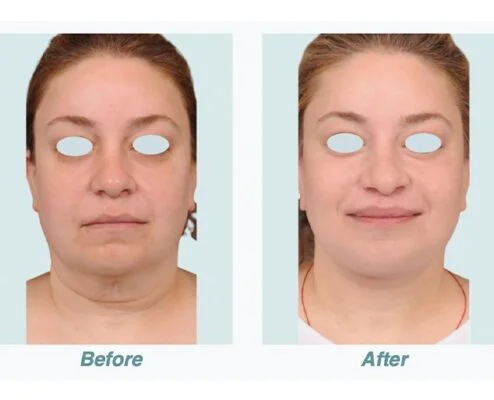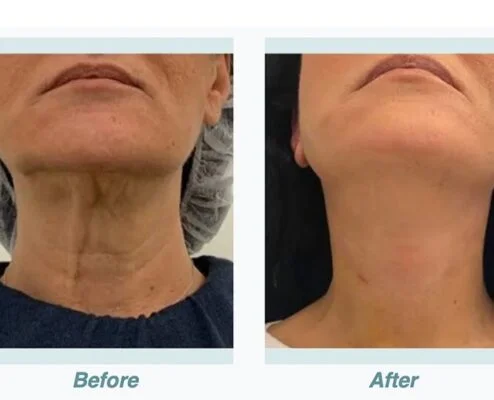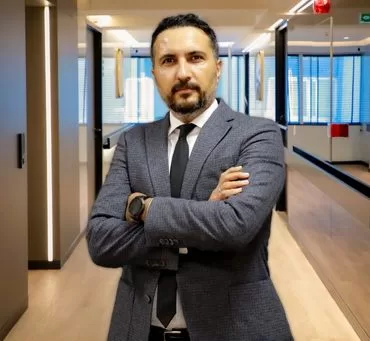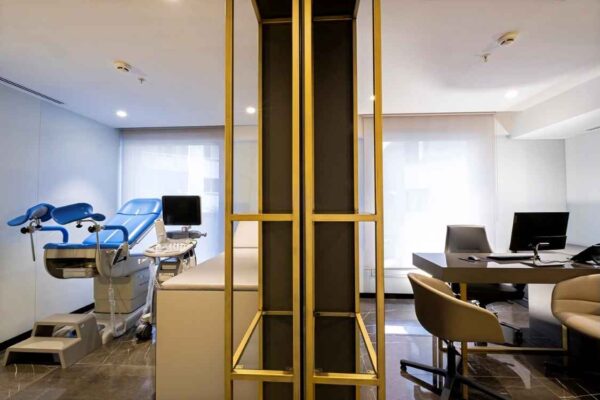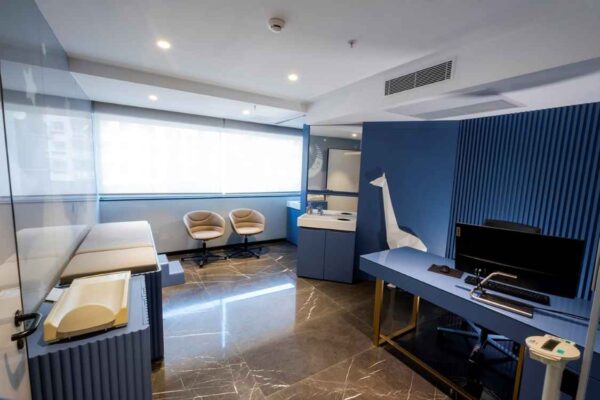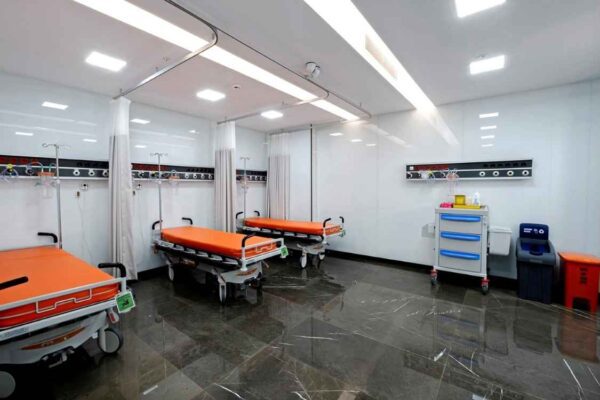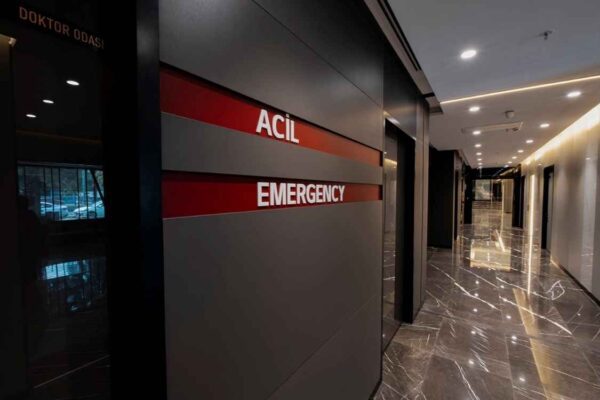With the progression of time, our cervical regions frequently exhibit initial indications of aging, manifesting as the drooping epidermis, creases, and surplus adipose tissue. The Neck Lift, or inferior rhytidectomy, constitutes a surgical intervention designed to enhance the neck’s aesthetic by excising redundant skin and fat while fortifying the foundational musculature.
What is Neck Lift?
Neck Lift constitutes an aesthetic surgical procedure concentrating on the amelioration of the neck’s appearance. Individuals who express dissatisfaction with their neck’s aesthetics, attributable to the aging process, weight reduction, or hereditary factors, typically undergo this operation. During the procedure, the medical practitioner eliminates excess skin and adipose tissue from the neck and jawline, concurrently tightening the underlying musculature to establish a revitalized, youthful countenance.
How is Neck Lift Performed?
A series of meticulously executed steps compose the Neck Lift process to attain the desired outcome. The subsequent exposition delineates each constituent stage of the procedure:
- Anesthetic Administration: Initiating the procedure, the anesthetic is administered to the patient, ensuring a painless and comfortable surgical experience. Depending on the patient’s predilections and medical background, the surgeon may employ general anesthesia or local anesthesia accompanied by sedation.
- Incision: Subsequent to anesthetizing the patient, the surgeon proceeds with incisions behind the auricular regions and beneath the mandible. These incisions are strategically located to minimize discernible scarring and vary in accordance with the surgery’s extent required for optimal results.
- Liposuction: Post-incision, the surgeon may employ liposuction to extract surplus fat from the neck and chin. A slender instrument, known as a cannula, is inserted via the incision, facilitating the aspiration of excess adipose tissue.
- Musculature Tautening: Following the removal of excess fat, the surgeon addresses the neck’s underlying musculature, tightening it to define the jawline and eradicate the semblance of a “double chin.” This is typically accomplished with sutures, meticulously positioned to ensure even muscle tautening.
- Epidermis Excision: Upon tightening the musculature, the surgeon trims redundant skin, establishing a smoother, more youthful appearance. Employing a scalpel, the quantity of skin excised fluctuates based on the required surgery extent.
- Incision Closure: With the surplus skin removed, the surgeon proceeds to close the incisions with sutures, which may be dissolvable or non-dissolvable, contingent on the surgeon’s discretion and the surgery’s extent. The patient’s neck is subsequently swathed in a compressive garment to mitigate inflammation and expedite recuperation.
Postoperative recovery typically entails some inflammation and discomfort, managed via analgesics and chilled compresses. The majority of patients can resume occupational and quotidian activities within a 10–14-day period, although several weeks may elapse before the procedure’s ultimate results become evident.
What should be considered after Neck Lift?
After undergoing a neck lift procedure, there are several important considerations for a successful recovery and optimal results. Here are some key points to keep in mind:
- Follow the post-operative instructions provided by your surgeon diligently. This may include medication usage, wound care, and activity restrictions.
- Take prescribed pain medications and antibiotics as directed to manage discomfort and prevent infection.
- Keep your head elevated while resting or sleeping to reduce swelling and promote proper healing.
- Apply cold compresses to the treated area as instructed to alleviate swelling and bruising.
- Avoid strenuous activities and heavy lifting for the recommended period as advised by your surgeon.
- Maintain a healthy diet and stay hydrated to support the healing process and overall health.
- Attend all scheduled follow-up appointments to monitor your recovery progress, remove sutures, and address any concerns or complications.
- Be patient, as swelling, bruising, and changes in neck contour are common after the procedure and will gradually improve over time.
- Avoid smoking and alcohol consumption, as they can impair healing and increase the risk of complications.
- Maintain open communication with your surgeon, reporting any unusual symptoms, such as severe pain, excessive bleeding, or signs of infection, promptly for appropriate management and support.
FAQs
In Turkey, the payment plan options for neck lift surgery typically include credit card, bank transfer, and cash. Many clinics and hospitals accept major credit cards for convenient payment. Bank transfers are also commonly accepted. Additionally, cash payments may be an option, but it’s important to confirm with the specific clinic or hospital beforehand.
No, neck lift operations typically do not come under insurance coverage. Neck lifts are considered cosmetic procedures aimed at improving the appearance of the neck and jawline. Insurance companies typically do not cover cosmetic surgeries unless they are medically necessary, such as in cases of reconstructive surgery due to injury or illness.
The cost of a neck lift procedure in Turkey is generally lower compared to many other countries due to several factors. These include lower operating costs, a favorable exchange rate, intense competition within the medical tourism industry, and government incentives that encourage healthcare investments.
No, you cannot get finance specifically for a neck lift. Typically, cosmetic procedures like neck lifts are considered elective and are not covered by traditional financing options. However, you may explore alternative payment plans or financing options offered by specific clinics or medical providers.
In Turkey, there is generally no strict age limit for neck lift surgery. The suitability for the procedure is determined on a case-by-case basis, considering factors such as overall health, skin elasticity, and individual goals. Consulting with a qualified plastic surgeon will help determine if the surgery is appropriate for you.
The success and safety of a neck lift surgery depend on various factors, including the surgeon’s expertise, patient’s health, and adherence to post-operative care. While complications are rare, potential risks may include infection, scarring, nerve damage, or unsatisfactory results. Consulting with a qualified surgeon and discussing individual circumstances can provide a clearer understanding of the procedure’s risks and success rate.
While neck lift surgery is generally safe, there are potential risks and complications that can arise. These may include infection, bleeding, scarring, nerve damage, hematoma formation, and unfavorable aesthetic outcomes. It is crucial to consult with a qualified surgeon, follow post-operative instructions, and discuss any concerns beforehand.
NeckLift Before – After
Our Team
Our Hospital
Atilla, Halide Edip Adıvar St.
No:57, 35270 Konak/İzmir



